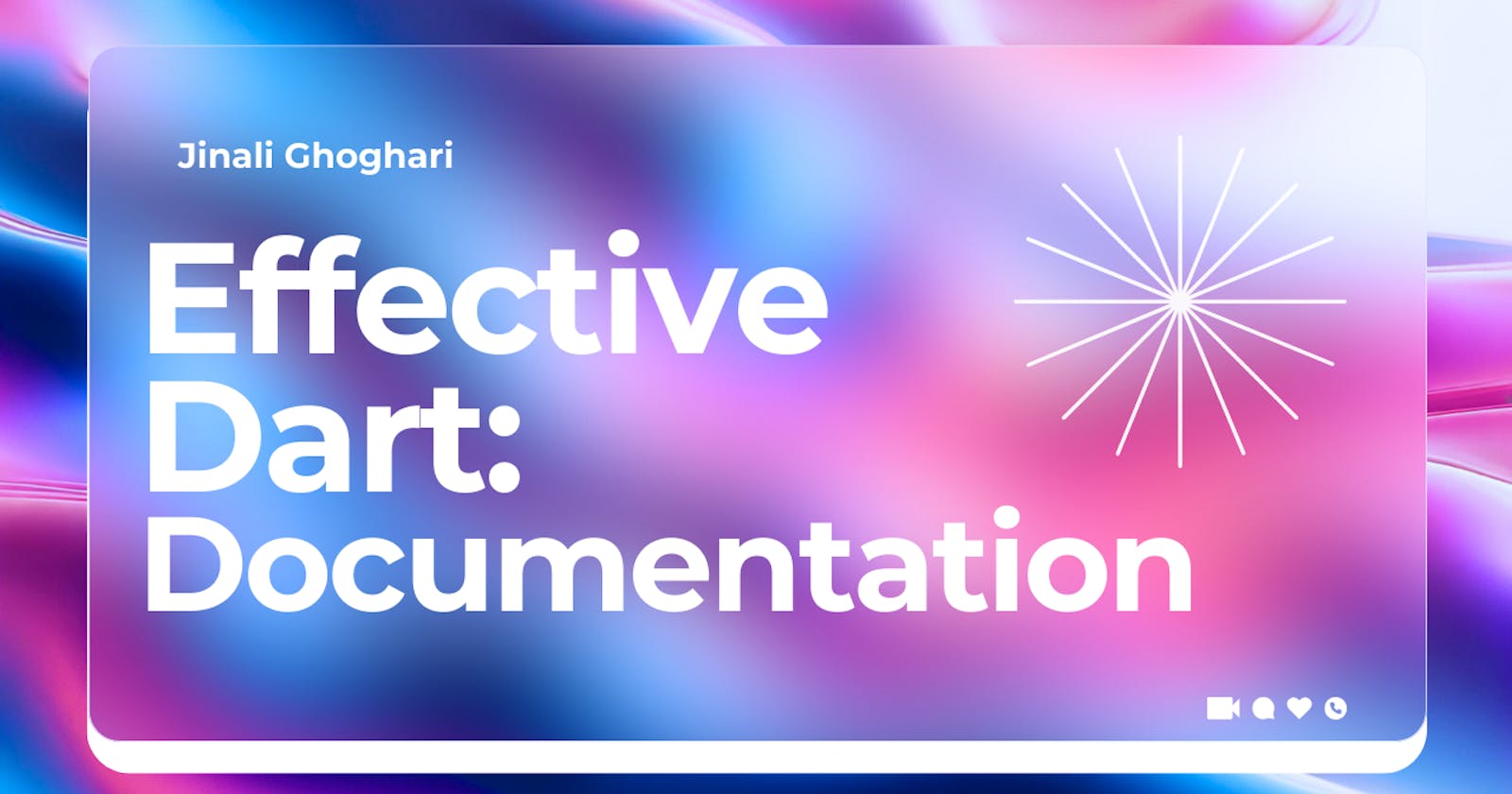1. Documenting APIs
Use
///comments to document public APIs (classes, functions, variables) that are part of your library or package.Include a brief description of what the API does, along with any relevant details or constraints.
Example:
/// A class representing a user profile.
class UserProfile {
String name;
int age;
/// Constructs a [UserProfile] with the given [name] and [age].
UserProfile(this.name, this.age);
/// Returns the user's name.
String getName() {
return name;
}
}
2. Parameter and Return Value Documentation
Document parameters and return values using
@paramand@returntags within///comments.Describe the purpose of each parameter and what the function returns.
Example:
/// Adds [a] and [b] together and returns the result.
///
/// @param a The first number to add.
/// @param b The second number to add.
/// @return The sum of [a] and [b].
int addNumbers(int a, int b) {
return a + b;
}
3. Use of Markdown
Leverage Markdown syntax within documentation comments for formatting.
Use Markdown to create headings, lists, links, and code blocks to improve readability.
Example:
/// ## Calculate Sum
///
/// This function calculates the sum of two numbers.
///
/// - [a]: The first number.
/// - [b]: The second number.
///
/// Returns the sum of [a] and [b].
int calculateSum(int a, int b) {
return a + b;
}
Applying Effective Dart Documentation
Here's how you can incorporate Effective Dart documentation guidelines into your development workflow:
Consistency: Document all public APIs consistently throughout your codebase.
Use Tools: Leverage IDEs like IntelliJ IDEA or Visual Studio Code, which provide autocomplete and suggestions for documenting Dart code.
Review and Update: Regularly review and update documentation as code evolves to ensure accuracy and relevance.
Document Intent: Focus not just on what the code does, but also why certain decisions were made.
